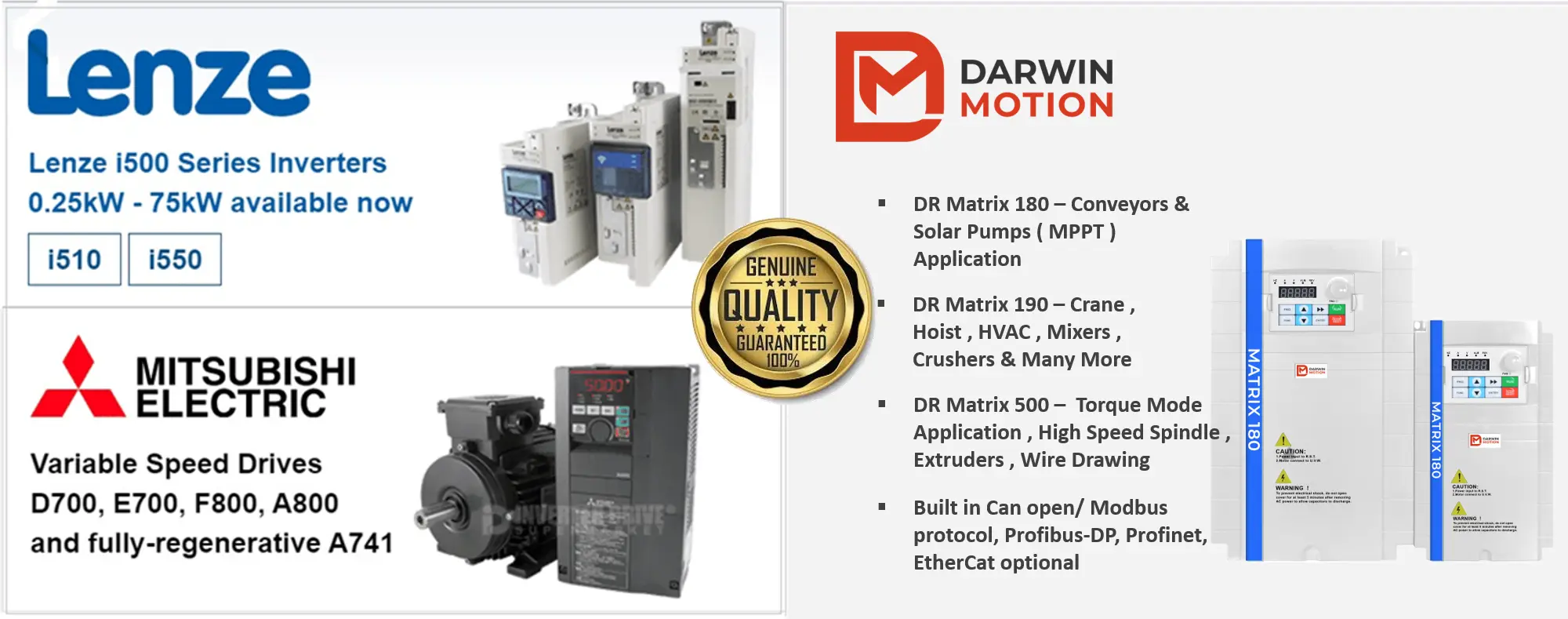Posted on 7th Aug 2023

Every firm must prioritise energy efficiency. This helps to save the earth by reducing waste and saving money on electricity costs. According to CM Industry Supply Automation, nearly 3 billion people are without energy, many healthcare centres are unable to store vaccinations owing to a lack of energy, people are unable to run competitive enterprises, and many governments are unable to power their economies.
In India, the industrial sector consumed the most energy in fiscal year 2020, followed by the domestic sector. Between fiscal years 2011 and 2020, the industrial sector grew at a CAGR of 6.74%. It should come as no surprise that energy efficiency is at the heart of sustainable development aspirations. SDG-7, adopted by the United Nations General Assembly in 2015, aspires to guarantee that all people have access to dependable, affordable, sustainable, and modern energy.
It is always a good idea to seek for ways to make your company more energy efficient. Energy efficiency provides electricity while also allowing for cost reductions in your organisation. Identifying places in your building where efficiency can be increased is therefore critical.
Form an energy management team and establish monthly energy efficiency targets.
Setting monthly energy efficiency objectives is a good approach to keep energy efficiency going. However, make certain that the objectives are not too difficult to achieve. They can include things like using new technologies and not exceeding a specific power indicator. In addition, create an energy management team to monitor applications like pumps, fans, and conveyor belts. These are the least efficient applications in a facility, and they frequently run at partial load. A pump, for example, can run continuously at full speed while employing mechanical valves to control the flow rate. As a result, the motor works harder than necessary. To monitor motors, Variable Speed Drives (VSDs) are used.
Electric motors should be combined with variable speed drives (VSDs).
According to the CM Industry Supply Automation, implementing energy efficiency measures will allow the global economy to increase by 40% by 2030.
Do you know that a big number of industrial motors power fans, pumps, and compressors, all of which require a significant amount of energy? These electric motors are also utilised in refrigeration, water treatment plants, material handling systems, and other applications. They are the one area where technology has the potential to make a significant difference.
By combining industrial motors with variable speed drives (VSDs), energy consumption can be reduced by a quarter, boosting the application's efficiency. VSD is an important technique for monitoring and controlling motor speed. Depending on the load, it can lower or raise the speed of the motor. According to industry experts, combining industrial motors with variable speed drives can result in significant energy savings. Even when the weights required are modest, a motor that is not regulated by a drive runs at full speed. VSDs can thus be a game changer in terms of energy efficiency.
However, roughly 300 million industrial electric-motor driven systems worldwide are inefficient. They waste a lot of energy. Only 23% of the world's industrial motors have a Lenze Drive, Keb Drive, Siemens Drive, Darwin Motion Drive and more. What could the cause be? Despite the fact that VSD is an important technique for reducing energy consumption, why do the majority of industrial motors lack VSD? Why are industries hesitant to use VSD? Some questions must be answered in order to make your business more energy efficient.
Above all, you may improve your company's energy efficiency by completing an energy audit, optimising air compressors, scheduling shut-downs and starts, and conducting an HVAC system audit to preserve air quality and comfort on a manufacturing floor.